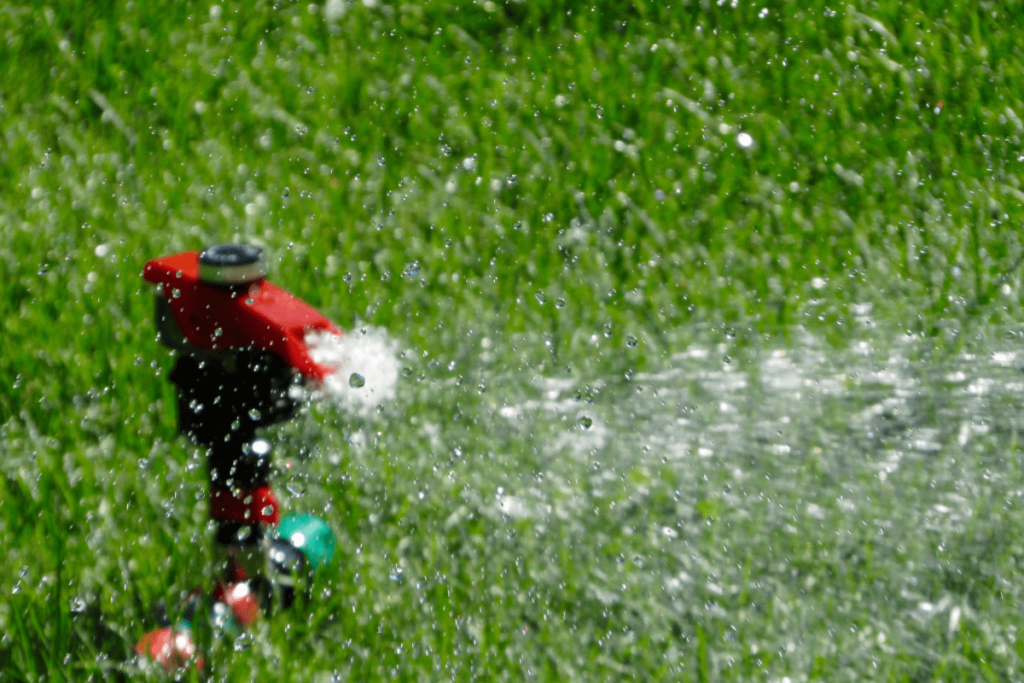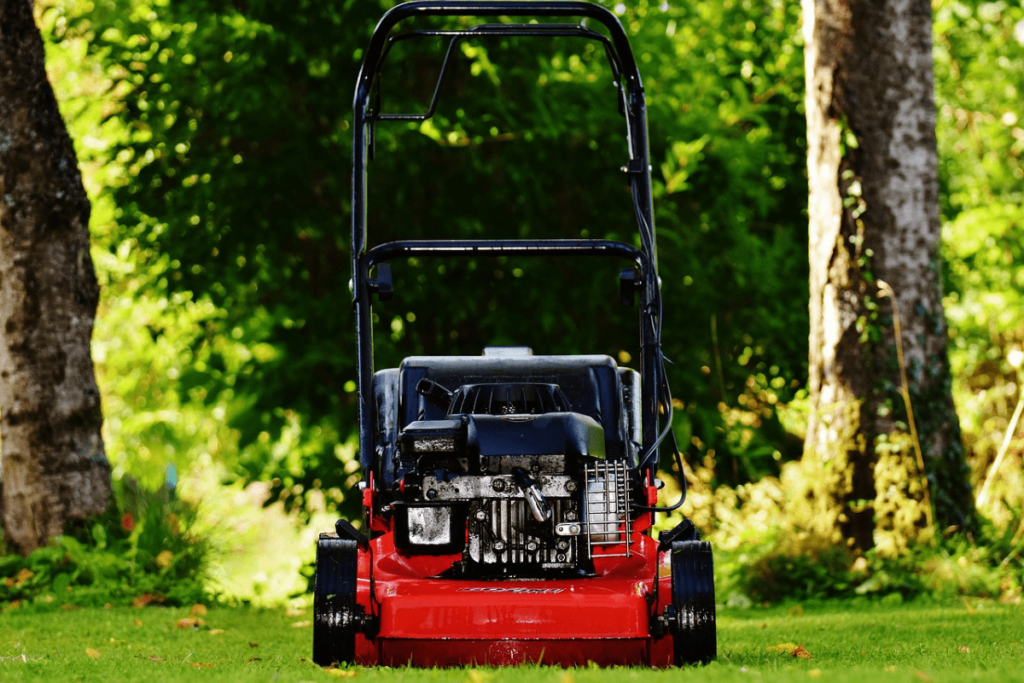Having a beautiful, lush green garden is the dream of most homeowners and yet growing a dense lawn isn’t always as easy as you might think.
Centipede grass is one of the most common warm grasses and yet many people find that they have problems when it comes to thickness.
The good news is that centipede grass is relatively easy to thicken up as long as you are willing to provide it with the right care.
This type of grass needs to have regular deep waterings and must be correctly fertilized.
In this guide, we will be looking at the quick and easy way to boost your centipede grass and thicken it up, leaving you with the lush lawn you’ve been clamoring for.
What Is Centipede Grass?
Centipede grass is one of the most favored types of warm climate grass and is used by homeowners in certain parts of the United States. It is very resistant to heat and doesn’t require a lot of maintenance so is typically used by people who don’t want to spend hours on lawn upkeep.
That said, centipede grass does require very specific conditions and so you will usually find that it is used in the South Eastern parts of the country where the climate is just right.
It is very sensitive to cold weather and this comes as no surprise when we learn that centipede grass is native to parts of southern Asia and China, where the climate is much warmer.
Why Is My Centipede Grass So Thin?
There are several reasons that your centipede grass may be struggling to thrive and this calls for a much more in-depth guide. However, we want to cover the basics as this will give you a good idea of where the problem began and, once you have treated the grass, will help you to avoid such problems in the future.
With that in mind, let’s take a brief look at some common reasons that centipede grass will not thicken.
- If the pH levels of the soil are above 6.0, this can cause a decrease in iron. This is an essential element for centipede grass and when it is deprived of this, the grass may start to lose its color and turn yellow.
- Thatch often builds up on many types of grasses and is an accumulation of various materials such as dead plant matter, roots and stems. It’s important to remove this thatch otherwise water will not be able to penetrate the soil, therefore depriving the grass roots of essential moisture. This can lead to a decline in its density and overall condition. Additionally, thatch can be home to diseases which could also affect the quality of the lawn.
- For a lawn to have a healthy above ground growth, the conditions beneath the soil need to be favorable. This means having a strong root system but in some gardens, this is not the case. In order to maintain a healthy root system, you must ensure that the soil is not compacted, that the lawn is regularly watered, and that it receives all of the most important nutrients.
How Can I Make My Centipede Grass Thicker?
While a lot of people may experience problems with the thickness of their centipede grass, this isn’t typically something to worry about. By ensuring the correct care for your lawn, you will soon begin to notice a significant change.
The following are all important aspects of centipede grass care and the good news is that it’s all relatively low maintenance.
Watering

Centipede grass does like to be watered regularly but for many areas, there is generally enough rainfall over the spring and summer months to keep the grass in good condition.
That said, if the weather is dry or during the drier winter months, you need to make sure that you sufficiently water your lawn.
It’s a good idea to regularly check for signs of dehydration. This might include a change in the color of the grass (centipede grass should be a light green color), or the blades curling. If you notice these things, then you may want to step up your watering routine.
Now, while the grass does enjoy healthy watering, it is still important to make sure that you have well-draining soil. If not, the roots will become compromised and the health of the grass will quickly deteriorate.
Too much water can weaken the root systems which cannot cope with this kind of stress. For the best results, aim to provide your lawn with an inch of water every seven days. The only exception to this rule is if the soil is very sandy, in which case, you may need to water slightly more.
Regular Mowing

With any type of grass, regular mowing is essential; however, this is even more important with something like centipede grass. While it is a slow-growing grass, it does need to be kept at a length of between one and one and a half inches. Once it grows any higher than this, it will begin to deteriorate.
When cutting the grass, you should make sure that you do so with sharp lawnmower blades. Using dull blades runs the risk of tearing the grass rather than giving a clean cut and this can further affect its quality.
General lawn Care
There are a couple of things you will need to do to ensure that your centipede grass is well maintained. During the early spring, you will need to apply a herbicide to stay on top of weed growth. Over the course of the season, you will need to reapply as required.
As we mentioned earlier, thatch is bad news for centipede grass so you must make sure that you regularly dethatch your lawn. It can also help to avoid over-watering your lawn or applying too much fertilizer as both of these things can cause thatch build-up more quickly.
As well as this, grass that is too tall is more susceptible to thatch which reiterates the importance of regular mowing.
Fertilization
In the month of June, you will need to add a nitrogen fertilizer to your centipede grass and once August comes around, give it a boost with a potassium fertilizer. This will help ensure dense and even growth across the entire lawn.
It’s also worth keeping in mind that centipede grass does not like a lot of foot traffic or shade. It does relatively well with minimal partial shade but where possible, this should be avoided.
To ensure a thick covering of the entire lawn, it’s a good idea to overseed. On top of this, we would recommend aerating the lawn to allow the nutrients to penetrate deep down into the soil.
You will also find that, to give the grass a boost, adding lime or sulfur yields excellent results. Of course, for this, you will need to perform a pH test to determine what is needed. If the lawn has a high pH, you’ll need to add 5lbs of sulfur for every 1000ft².
Conclusion
While centipede grass is relatively hardy and does well in warmer climates such as the South Eastern parts of the United States, it can grow quite sparsely when it is not properly looked after. For this reason, it’s important to give the grass the right care, regular watering, mowing, dethatching, and fertilizing.
While it might sound like a lot of work, these jobs don’t take up too much time when correctly scheduled and the result will be a thick, green lawn that is the envy of your neighbors.
